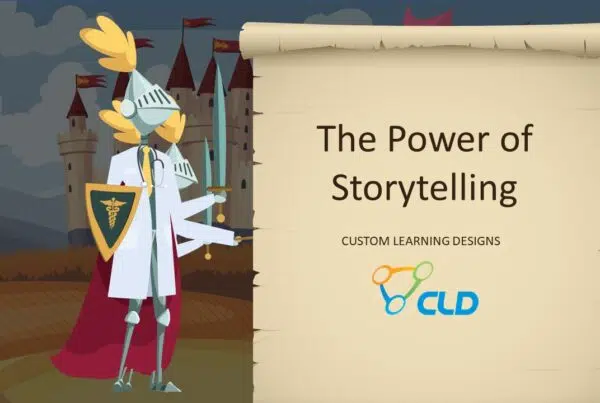The concept of “social learning” has been around for a long time. The often-referenced social learning theory was put forth by Albert Bandura and states that learning is a cognitive process, but it takes place within a social context. Moreover, learning can occur through observation or direct instruction as well as through experiencing or observing rewards and punishments.
That’s one reason why gamification has become so popular: it allows people to fail or succeed in a safe environment and experience punishments or rewards vicariously. It’s also why the “cautionary tale” is effective. We can learn from other people’s mistakes. The use of social media tools in learning can help with important aspects of social learning such as:
- Attention to modeled behavior
- Retention of details
- Reproduction of responses
- Motivation for demonstrating taught behavior
- Yet some workplaces are decidedly skeptical about the use of social media tools in training.
Why Some Workplaces Are Skeptical About Social Media Learning
For one thing, traditional forms of learning still predominate in the workplace. This usually means organized coursework presented linearly, and inter-sprinkled with assessment instruments like quizzes. Workplaces that have never tried using social media tools in training programs fall back on many reasons which don’t always hold up under scrutiny, such as:
- Management will never agree to it
- It wastes time
- Employees could give away trade secrets
- Some people will refuse to participate
- It’s hard to measure the value of social media sharing
How Social Media Can Enhance Learning
In fact, however, social media allows creation of virtual communities that encourage extensive interaction, and this was not always an easy environment to create before social media. Social media allows indirect, organic instruction from peer-to-peer in addition to traditional training from an instructor.
The tools for social media learning may be formal or informal. A company may create a custom-tailored social media space for trainees, or it may use existing tools like Facebook Groups or LinkedIn Groups. When these social media communities are created, participants have a convenient, easy-to-use platform for sharing thoughts and insights, asking and answering questions, offering feedback, sharing experiences, and warning others of common mistakes.
Newer trainees can learn from the expertise and mistakes of experienced workers, while the experienced workers can often benefit from the fresh feedback and ideas put forth by the newer people.
Potential Pitfalls of Social Media Tools in Pharma Sales Training
As with any training initiative, however, it’s important to avoid paying too much attention to hype and to avoid thinking that the mere presence of social tools will enhance learning. Ultimately, companies have to ensure that the tools they select help meet business goals, and if training is little more than fun and games, this won’t happen.
The social media tools used in training should be designed with business objectives in mind first, but with a participant-centered approach. It’s a tough balance to strike, because you have to design environments that motivate learners to achieve their goals, while making sure those goals overlap with business goals. When you do it this way, you can measure how well social media tools for training contribute to actual results, rather than just whether learners were engaged in the process.
Some Social Tools Are Better Than Others for Learning
Companies are, unfortunately, implementing social media tools in learning without sufficient planning or forethought in some cases. One recent study by the Brandon Hall Group found that nearly 60% of companies used social media tools for learning, but less than one-fourth found them effective. That’s likely because not all social media tools are ideal for all workforces, topics, or types of training. Document sharing, discussion forums, and blogs are widely used, but according to the study authors, these social media tools are not as effective as shared video and micro-blogs, which are used less often.
Social media tools can be put to work inspiring motivation in eLearning programs, and they offer new ways to take advantage of social learning theories. But it’s important that these tools be implemented in pursuit of a goal rather than simply as ends in themselves.






